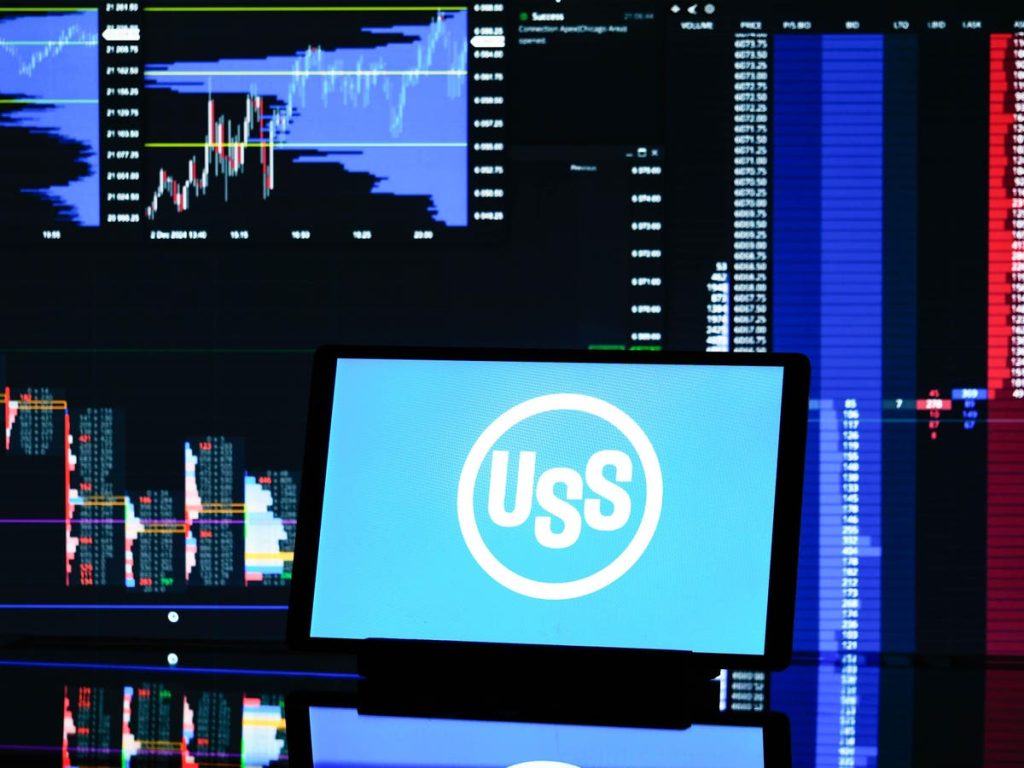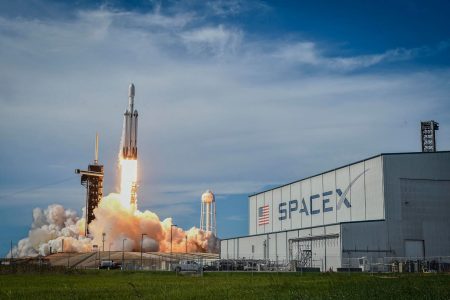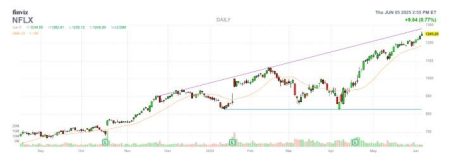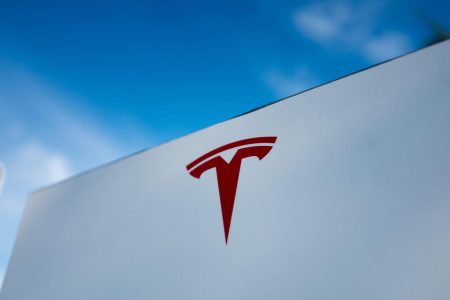The Tumultuous Journey of U.S. Steel: A Confluence of Market Forces and Political Intervention
United States Steel Corporation (U.S. Steel), a cornerstone of American industry, has found itself navigating a challenging landscape in recent years. Its stock performance has lagged significantly behind the broader market, reflecting both internal operational hurdles and external pressures. Over the past year, U.S. Steel’s stock price has plummeted by nearly 25%, a stark contrast to the S&P 500’s robust 24% gain. This decline mirrors the struggles of other major steel producers, including Cleveland Cliffs, Rio Tinto, and Vale, all grappling with a global steel market downturn. The industry-wide slowdown stems from weakening demand, particularly in crucial markets like China and Europe, coupled with persistent inflationary pressures impacting input costs. While U.S. Steel has maintained strong revenue figures, its profitability has been hampered by tight operating margins, further diminishing its appeal to investors who seek stronger returns relative to its competitors.
Adding to the company’s woes is the protracted saga surrounding Nippon Steel’s attempted acquisition. The proposed $15 billion takeover bid by the Japanese steel giant was thwarted in late 2024 by the Biden administration, citing national security concerns. The Committee on Foreign Investment in the United States (CFIUS), along with labor unions and political figures, voiced strong opposition to the deal, fearing the potential erosion of domestic steel production capacity. U.S. Steel’s integral role in national defense and critical supply chains underscored these concerns. Opponents argued that Nippon Steel might prioritize imports over domestic production, jeopardizing American jobs and the viability of U.S. steel facilities. Despite Nippon Steel’s proposed concessions, including production guarantees and oversight measures, the Biden administration remained unconvinced. This decision reflected the administration’s broader commitment to bolstering domestic manufacturing and safeguarding strategic industries. Both U.S. Steel and Nippon Steel have subsequently filed lawsuits challenging the decision, alleging undue political interference and procedural flaws in the review process. The legal battle continues, casting further uncertainty over the future of the proposed acquisition.
The Trump Factor: A Renewed Emphasis on Protectionism
The political landscape surrounding U.S. Steel takes another twist with the re-emergence of Donald Trump on the political scene. Trump has vehemently opposed Nippon Steel’s acquisition bid, aligning with his "America First" agenda. This stance prioritizes maintaining control of strategic American industries within domestic hands to protect jobs, manufacturing capabilities, and national security interests. During his previous presidency, Trump implemented measures such as the Section 232 tariffs, which imposed a 25% levy on most imported steel, ostensibly to protect national security. While these tariffs bolstered domestic steel prices and improved profit margins for U.S. producers, they also drew criticism for increasing costs for manufacturers reliant on imported steel. In his renewed presidential bid, Trump has signaled a return to protectionist policies, potentially including new tariffs on steel imports and even on manufactured goods containing steel, such as automobiles and appliances. This potential resurgence of trade barriers further complicates the outlook for U.S. Steel and the broader steel industry.
Navigating Volatility: U.S. Steel’s Performance and Future Prospects
U.S. Steel’s stock performance over the past four years has been marked by significant volatility, underscoring the challenges facing the company. Annual returns have fluctuated dramatically, from a 42% surge in 2021 to a 30% decline in 2024. This erratic performance contrasts sharply with the more stable returns of diversified investment portfolios. Given the prevailing economic uncertainty, including potential interest rate cuts and ongoing geopolitical conflicts, the question arises whether U.S. Steel will face a repeat of its 2024 underperformance or experience a rebound in the coming year. The company’s future hinges on a complex interplay of operational improvements, market dynamics, and the evolving political landscape, particularly regarding trade policy.
Valuing U.S. Steel: Assessing the Path Forward
Current valuations of U.S. Steel suggest potential upside, with some estimates placing the stock price around $40 per share, implying an approximate 11% gain. However, realizing this potential will require the company to address its operational challenges, improve its margins, and navigate the uncertain global steel market. The outcome of the legal challenges surrounding the Nippon Steel acquisition bid will also play a significant role in shaping the company’s future trajectory. Moreover, the broader political climate, particularly regarding trade policy, will exert considerable influence on U.S. Steel’s prospects. The potential for renewed protectionist measures under a Trump presidency could create both opportunities and challenges for the company.
Investing in Uncertain Times: Diversification as a Strategy
The volatile performance of individual stocks like U.S. Steel highlights the importance of diversification in managing investment risk. Diversified portfolios, holding a basket of stocks across different sectors, can offer a smoother ride and potentially higher returns over the long term. Such portfolios can mitigate the impact of sharp declines in individual stocks, providing investors with a more stable investment experience. In the current uncertain macroeconomic environment, diversification can be a particularly valuable strategy for investors seeking to balance risk and reward. While individual stocks like U.S. Steel may offer the potential for high returns, they also carry significant risk. Diversified portfolios can provide a more balanced approach, offering the potential for growth while mitigating the impact of market volatility.










